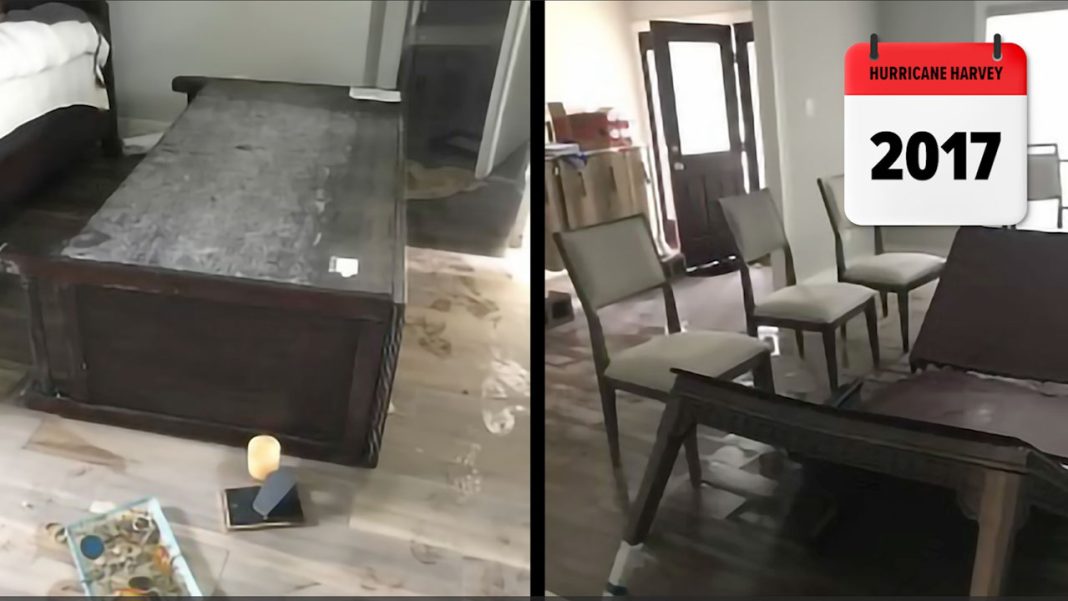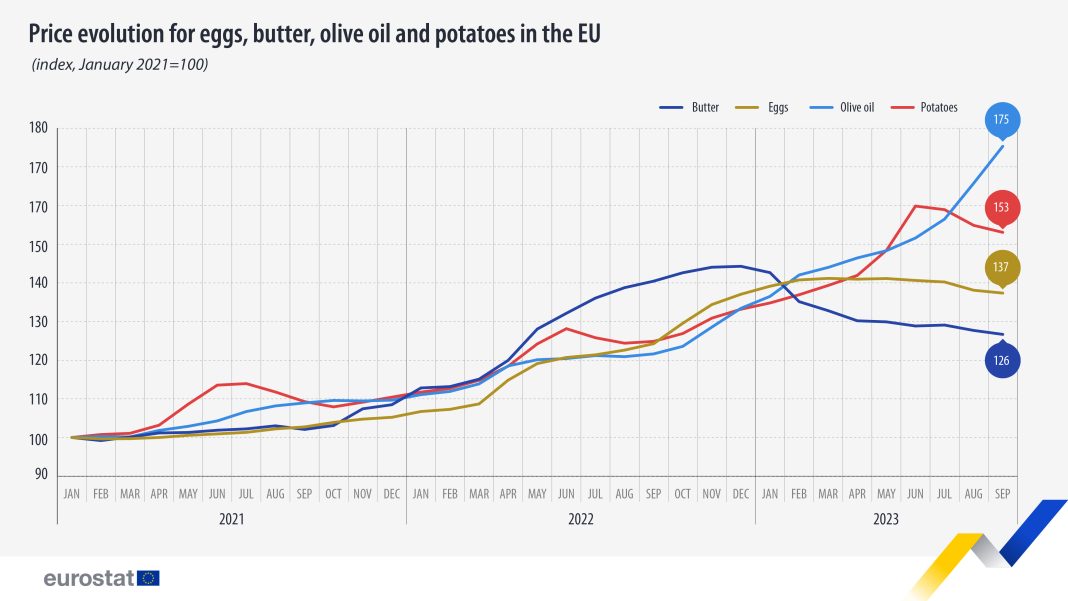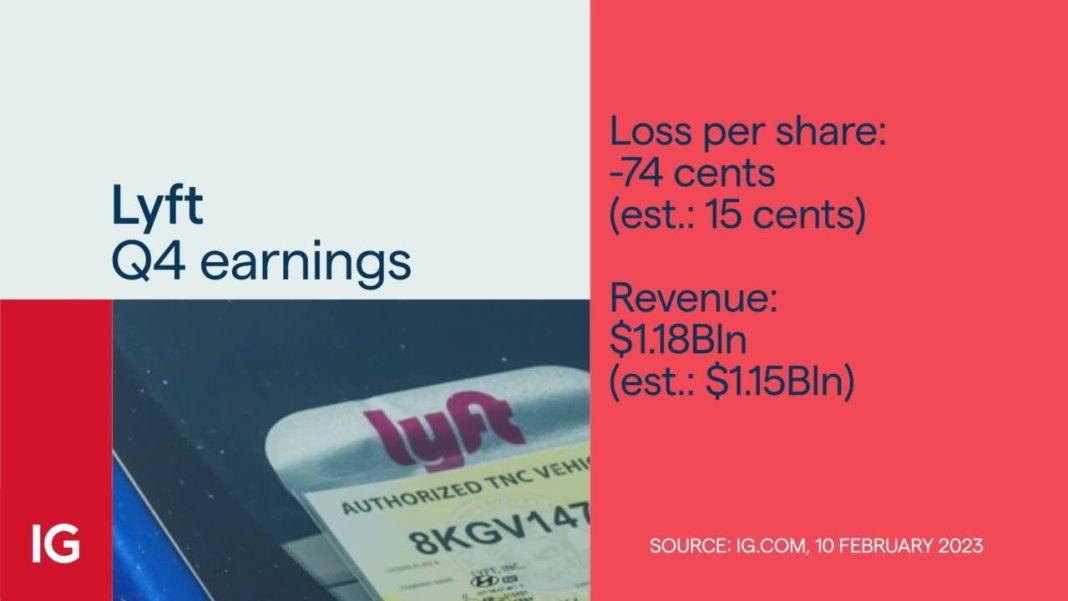Living in a flood-prone area can be a nightmare for homeowners. Stephen and Ellen Leventhal from Houston, Texas know this all too well. Their home in the Meyerland-area has been repeatedly flooded over the years, with major incidents occurring during the Memorial Day Flood of 2015, the Tax Day Flood of 2016, and Hurricane Harvey in 2017. Each time, they were left with devastating losses and had to seek help from insurance or government aid programs.
The Leventhals’ story is not unique. According to federal data, there are approximately 45,000 homes across the United States that have experienced repeated flooding. In Harris County alone, where the Leventhals reside, there are 5,260 such homes. The impact of repeated flooding goes beyond individual homeowners. Taxpayer-backed FEMA flood insurance often ends up rebuilding these at-risk homes, putting a strain on public funds.
Anna Weber, a senior policy analyst at the Natural Resources Defense Council, explains that the National Flood Insurance Program (NFIP), which supports the majority of flood insurance policies, ultimately relies on taxpayer money. This means that taxpayers are essentially footing the bill to rebuild homes that are prone to repetitive flooding. The situation becomes more alarming when considering that only 23% of severe repetitive loss properties (SRLPs) in Harris County have been mitigated to protect against future flooding.
Weber emphasizes the need for changes to break this cycle of repetitive flooding and rebuilding. Homeowners need to take responsibility for building better after a flood, but this often requires out-of-pocket expenses for mitigation measures. She compares flood insurance to car insurance, explaining that its purpose is to bring homeowners back to their pre-damage condition. It is not meant to provide a less risky situation than before. However, she acknowledges that making flood risk mitigation more accessible and affordable is crucial.
FEMA has taken some steps to address the issue. The agency plans to distribute up to $800 million in Flood Mitigation Assistance grants to reduce the risk of repetitive flood damage during the current funding cycle. However, more action is needed to tackle the underlying problem.
In the 77096 zip code where the Leventhals live, approximately 360 homes have experienced repeated flooding. Despite losing most of their belongings in the Memorial Day Flood of 2015, the Leventhals initially decided not to rebuild. However, after experiencing flooding for three consecutive years, they made the difficult decision to tear down their home and rebuild it with living space raised six feet above street level. They had to pay for most of the rebuilding work out of pocket. However, the peace of mind they gained knowing their home was better protected against future floods made it worth the investment.
The Leventhals’ story is a testament to the importance of taking proactive measures to mitigate flood risks. While their choice may not be feasible for everyone, it highlights the need for individuals and communities to consider long-term solutions rather than repeatedly rebuilding in flood-prone areas. By investing in flood-resistant infrastructure and implementing flood control measures, homeowners can protect their properties and minimize the financial burden on themselves and society as a whole. It is crucial to break the cycle of repetitive flooding and build a more resilient future for those living in flood-prone regions.


